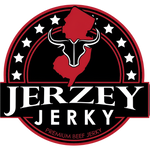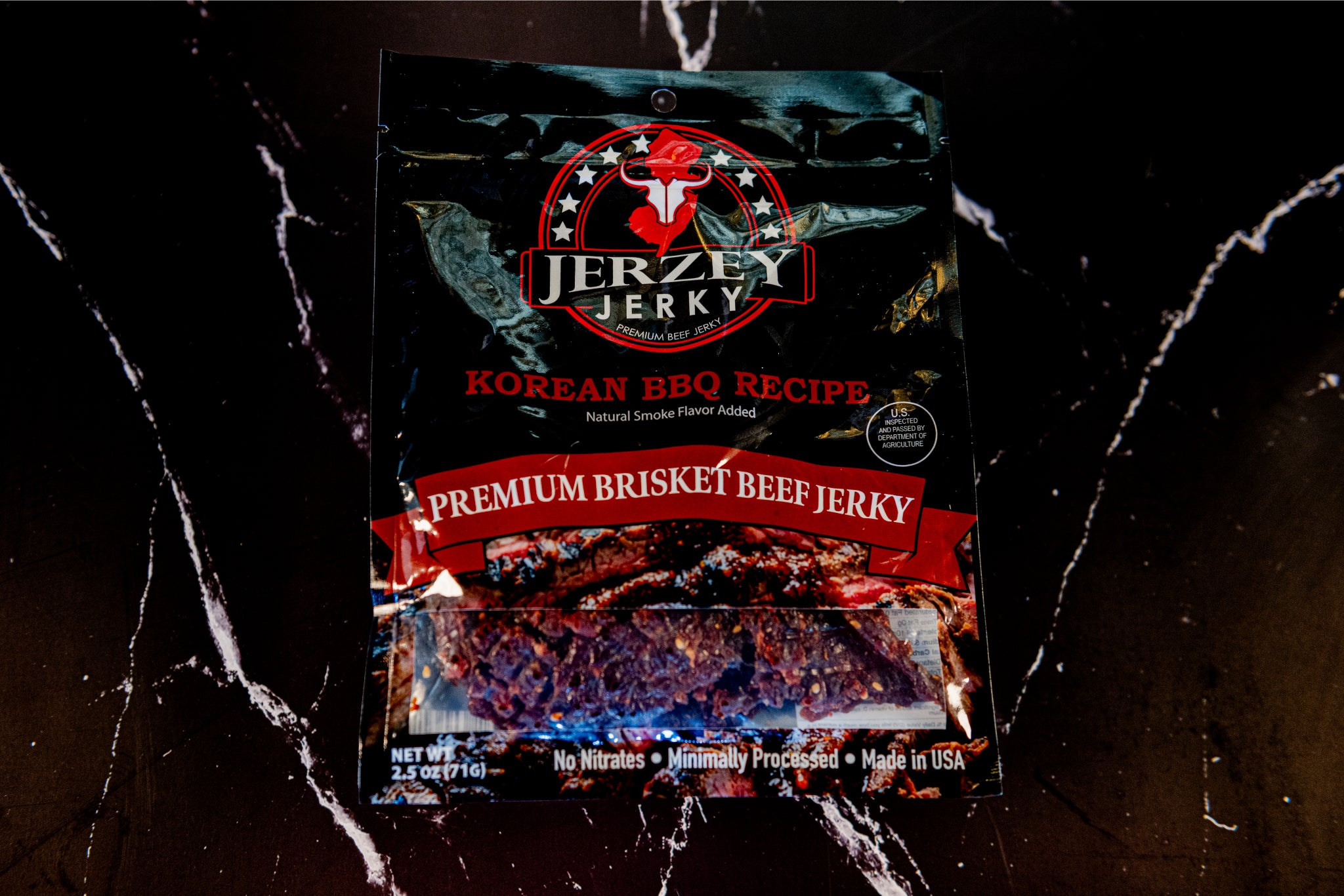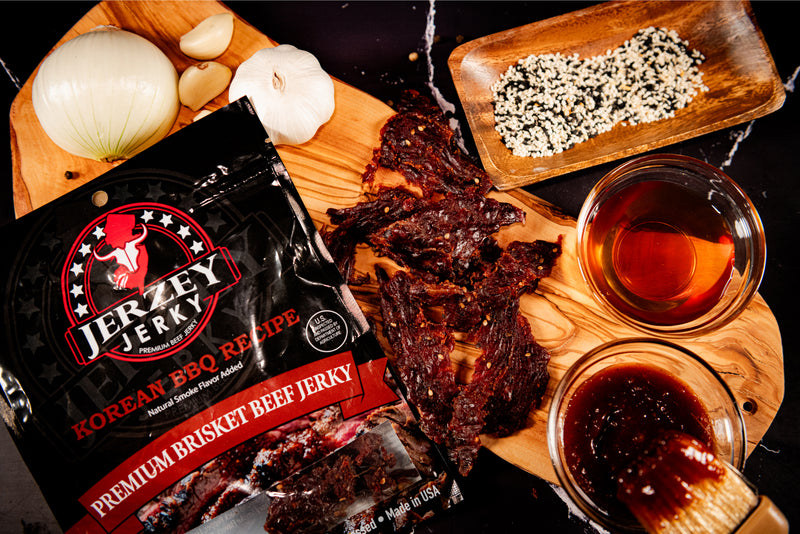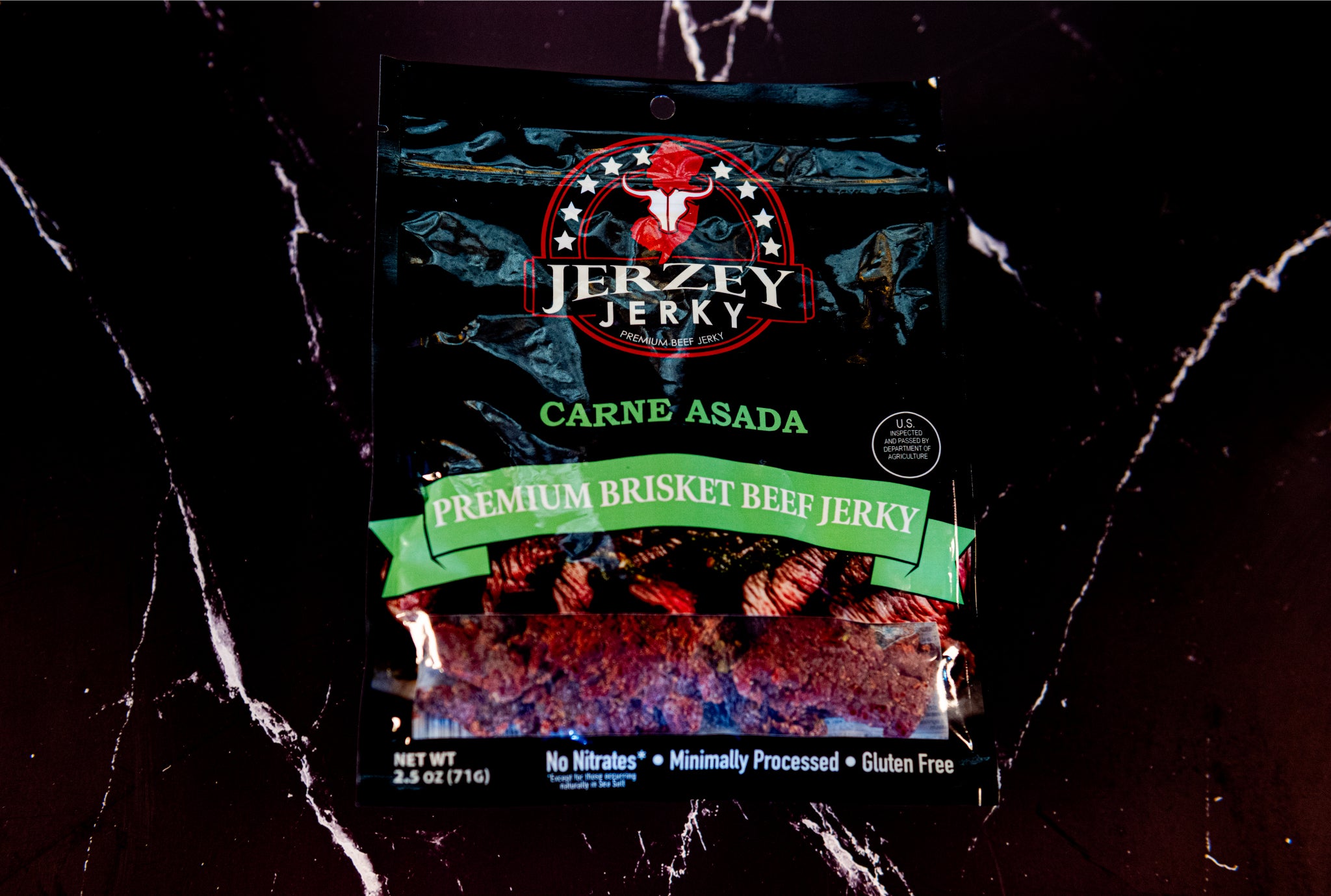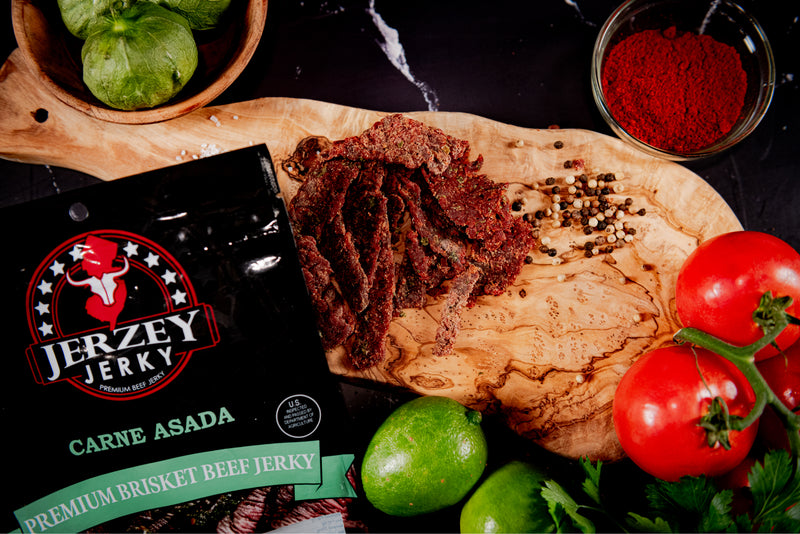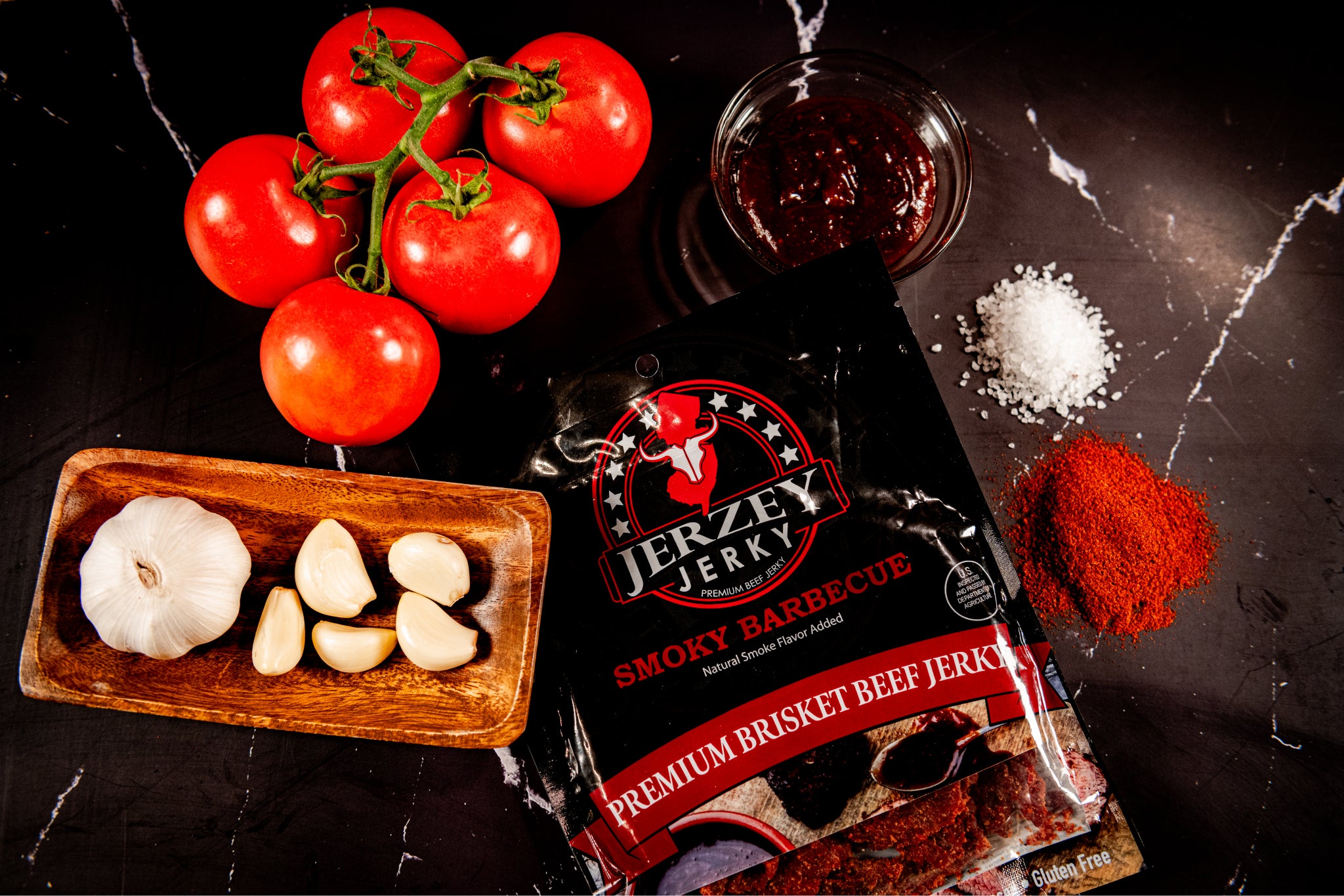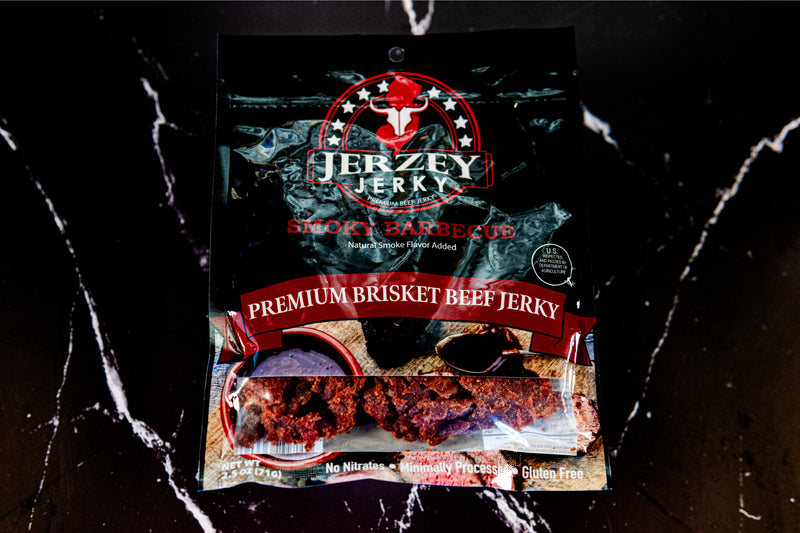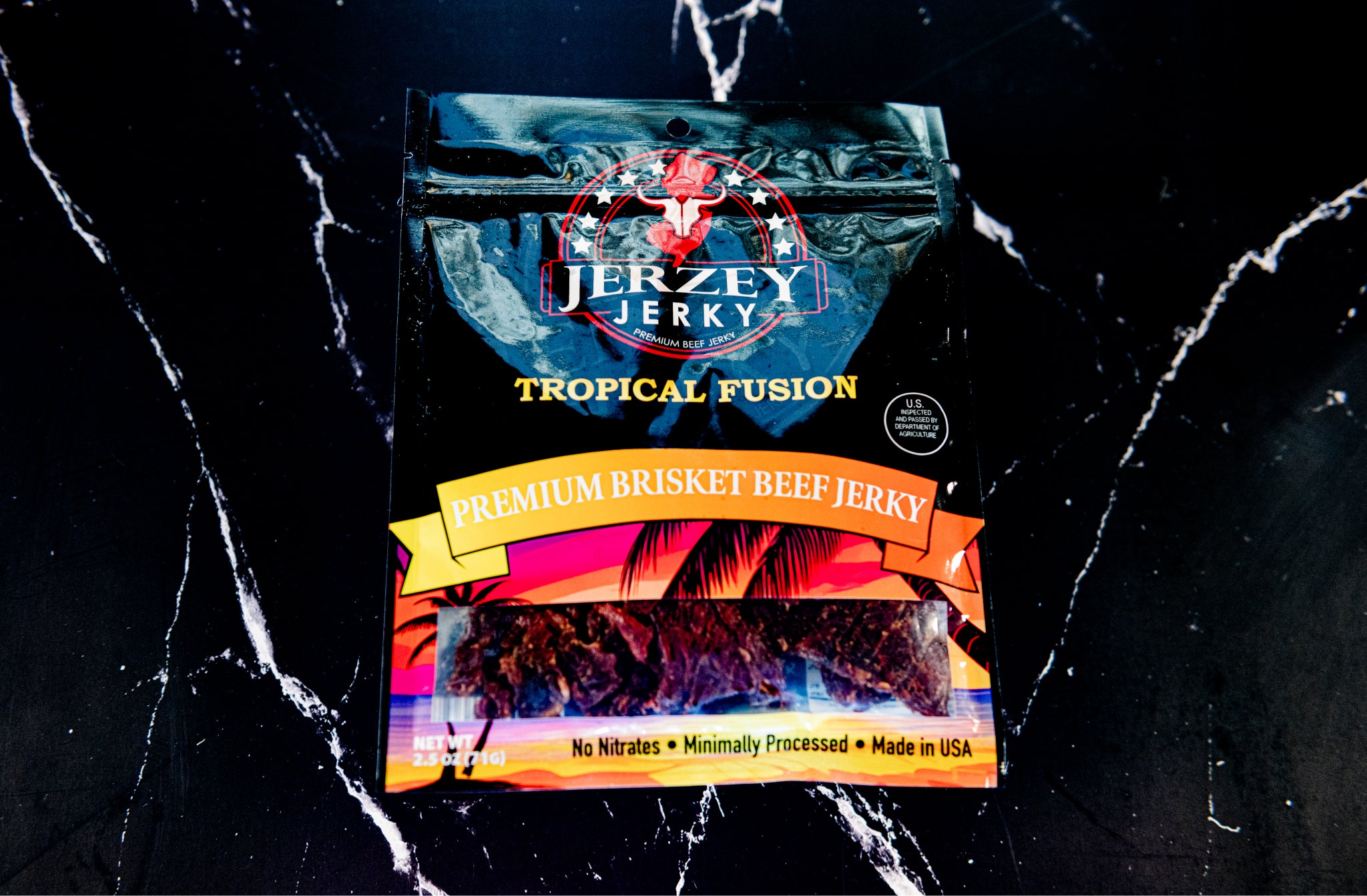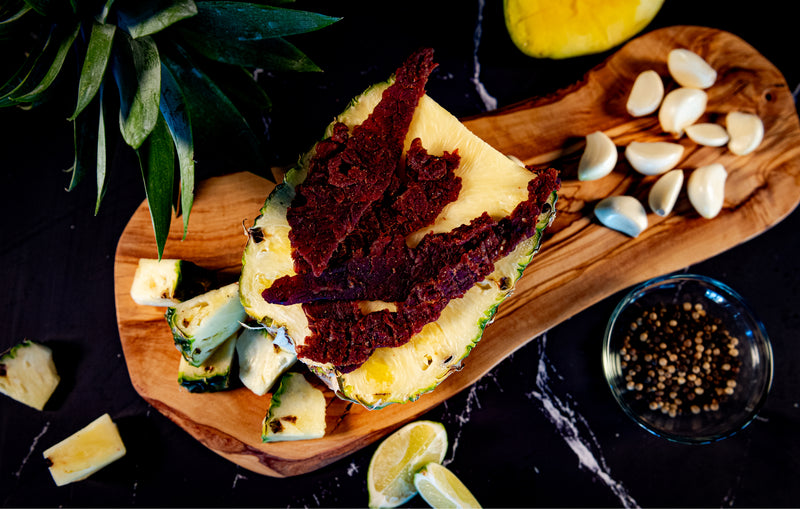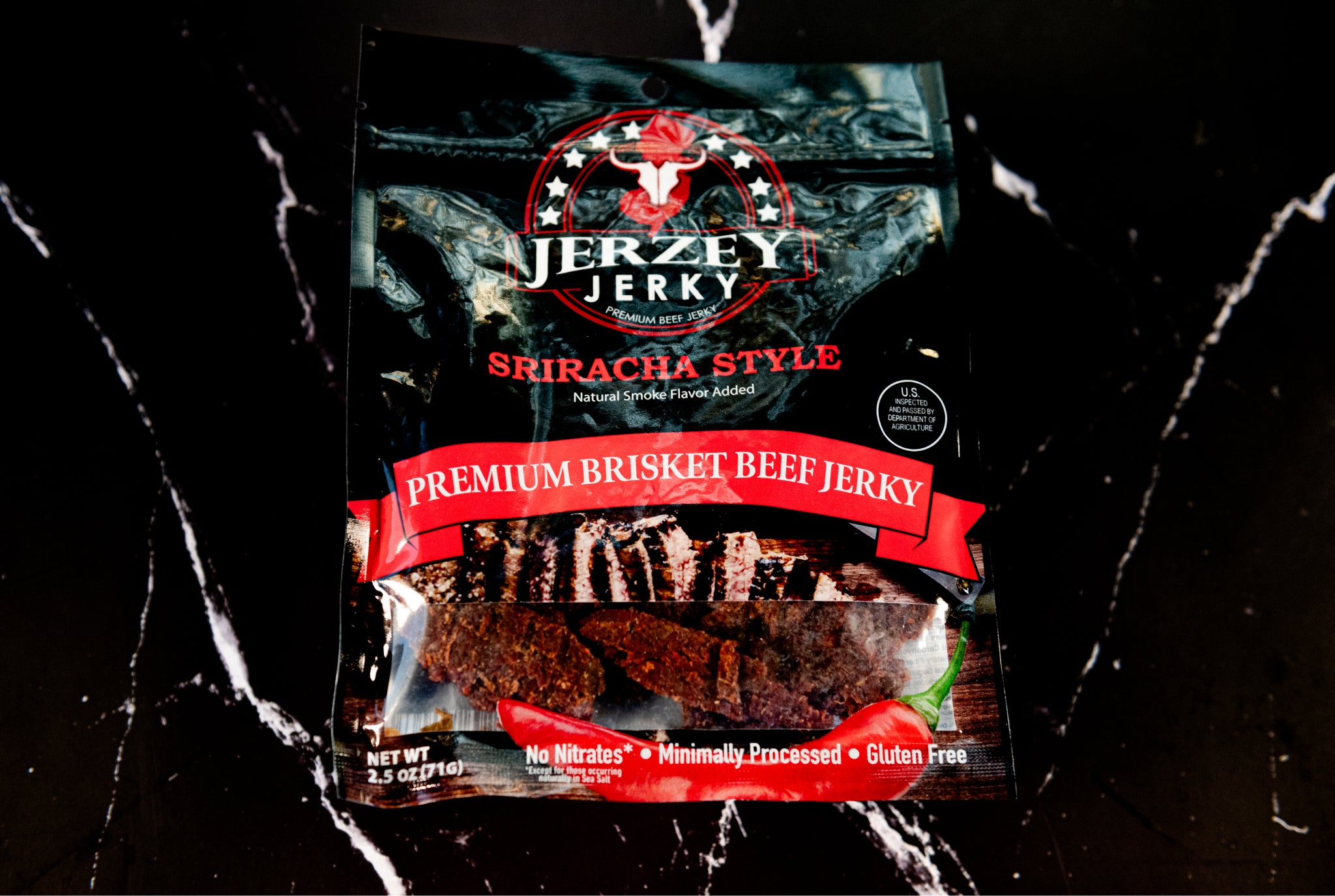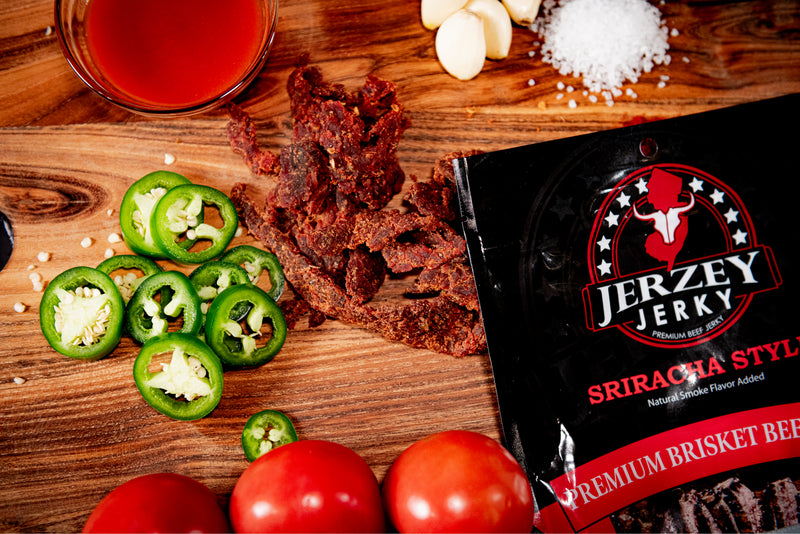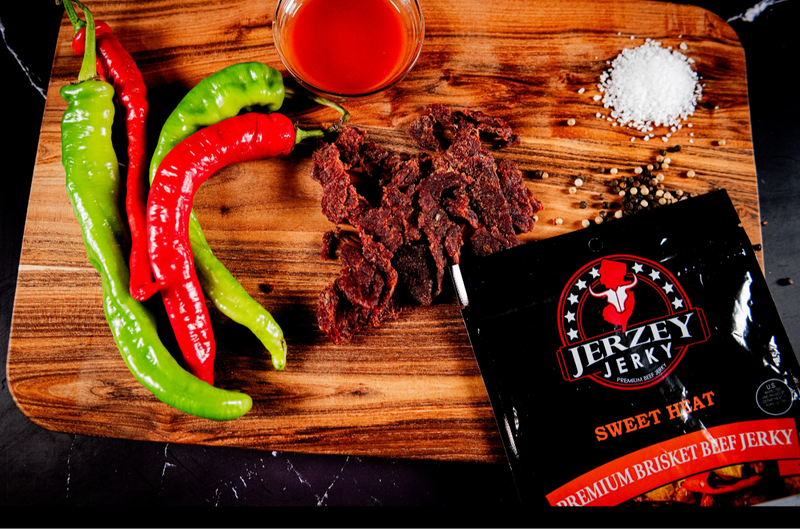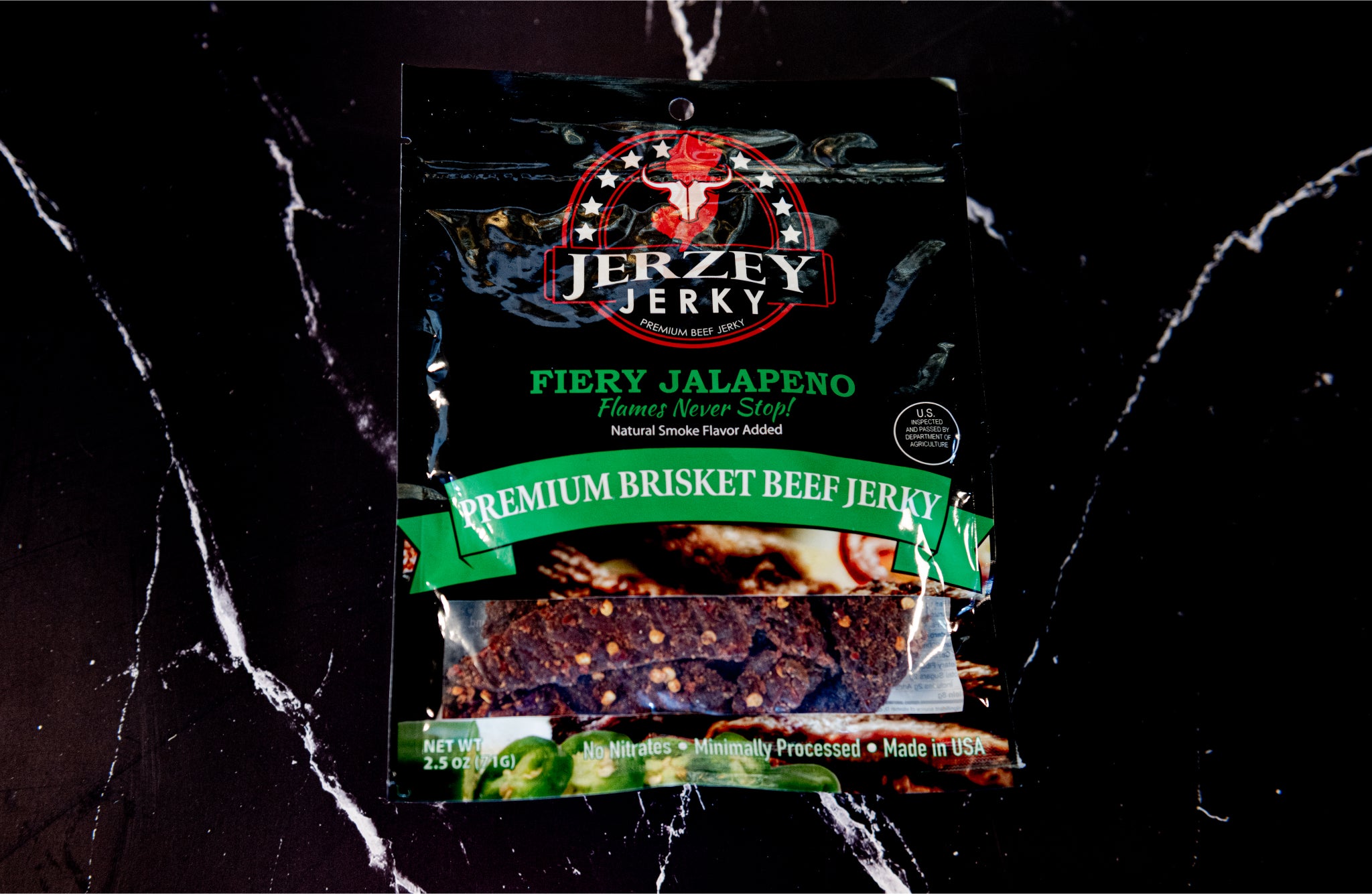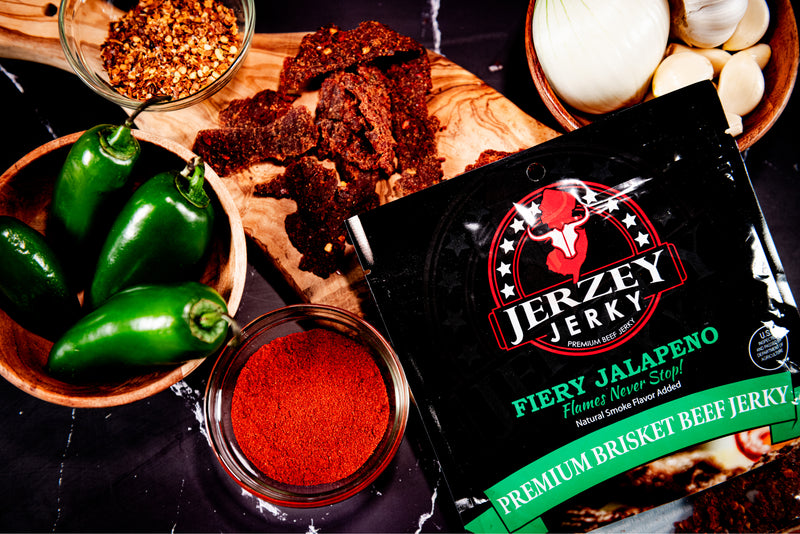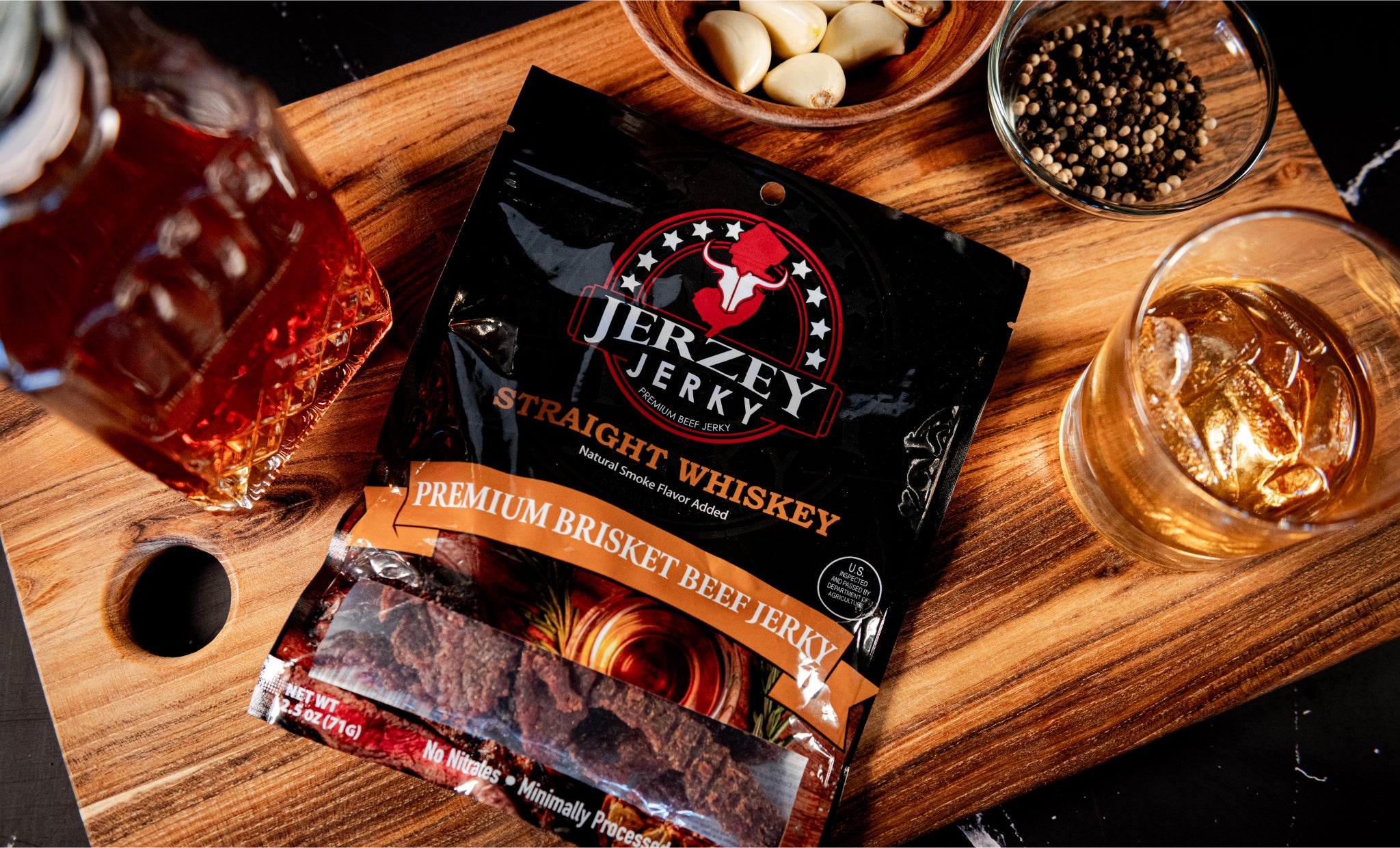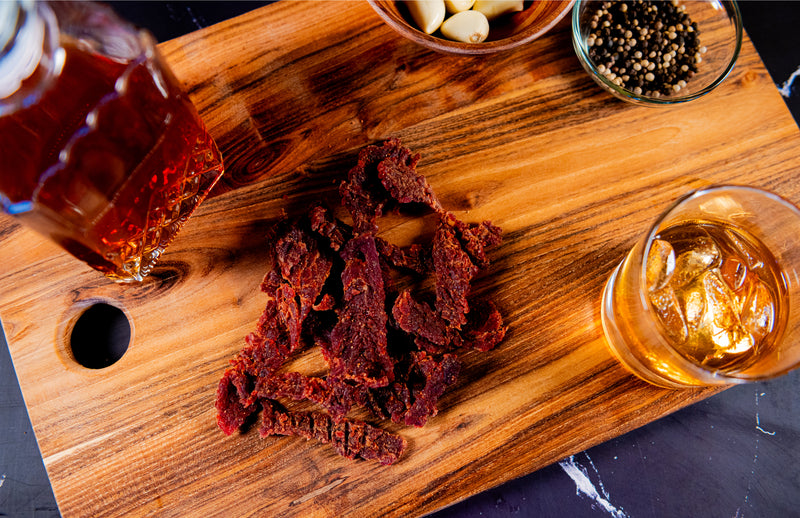
Stir Fry Beef: Quick Cooking, Nutrition & Best Practices
Stir-fry beef is a recipe that uses thinly sliced beef, quickly cooked over high heat. A small amount of oil is consistently added while stirring. The term "stir-fry" originated in 1945 by cookbook author Buwei Yang Chao. He used it to describe the Chinese cooking technique chǎo. It is known for preserving the texture and flavor of beef. Most commonly used cuts for stir-frying beef include sirloin, flank steak, ribeye, tenderloin, or top round. Stir-fry beef is ideal for quick cooking with sauces and vegetables.
What is the Nutritional Value of Stir-Fry Beef?
The nutritional value of stir-fry beef includes:
- Calories: Calories count vary widely depending on the type of cut, added vegetables, and sauces. An approximate calorie count is between 350 and 560. It comes from the combination of protein and fat from the beef. Lean cuts contain fewer calories compared to fattier ones like ribeye.
- Protein: Beef itself provides a number of proteins. 26-27 grams of beef is offered by 100 grams of lean cooked beef. Lean beef offers high-quality protein compared to fattier cuts. This protein is used for muscle repair and functioning.
- Fat Content: It varies from lean cuts (flank, sirloin) to fattier cuts (ribeye). Total fat content ranges from 16 to 24 grams per serving. Choosing lean cuts and using less oil decreases the overall fat intake.
- Vitamins & Minerals: Beef is rich in iron, selenium, zinc, and vitamins. The heme iron is useful for the production of red blood cells in the body. Selenium is required for the proper functioning of the thyroid. It also acts as an antioxidant. Beef also provides B vitamins, including niacin, B12, B6, and riboflavin. These vitamins play an important role in energy catabolism and overall health.
- With Vegetables: Vegetables like broccoli and carrots add dietary fiber, which aids in digestion and promotes the feeling of fullness. These vegetables also provide Vitamin C and Vitamin A from bell peppers and carrots, respectively.
Shop the best-selling Fiery Jalapeno Beef Jerky - Brisket & Straight Whiskey Beef Jerky - Brisket
What are the Characteristics of Stir-Fry Beef?
Stir-fry beef contains the following four characteristics:
- Texture: A velveting technique is used to make the beef soft and almost silky. Cornstarch and baking soda are used in this technique. Velveting also helps the beef retain moisture during the high-heat cooking process, so it remains juicy rather than drying out. The texture becomes less chewy due to thin slices and against the grain of the beef.
- Cooking Time: Stir-frying beef requires extremely less time for even cooking. It needs just 2 to 3 minutes before it’s removed and set aside. Cooking is done in a hot wok or skillet in batches to prevent overcrowding and to ensure a good sear.
- Flavor: The sauce and beef create a savory and rich umami flavor profile, which is balanced with a hint of sweetness. Other ingredients like garlic and ginger add a pungent depth to the overall flavor. Although it soaks up the sauces, its beefy flavor remains shiny.
- Appearance: The beef pieces, coated with cornstarch slurry and thickened sauce, appear glossy and glistening. The colorful vegetables, like broccoli, black pepper, and orange carrots, enhance the visual appeal. The beef is cut into uniform, thin strips that are consistent in size with the vegetables, which ensures even cooking and a cohesive look.

How to Identify Stir-Fry Beef?
Check out these three characteristics to identify stir-fry beef:
- Butcher Labeling: Supermarkets and butcher shops label beef to identify its use. Many stores clearly mention it as “beef for stir-frying”, though cuts often vary in size. They are also labelled as “flank streaks” or skirt steaks.
- Cut Style: Beef for stir-frying must be cut into ⅛ to ¼ inch thick slices for quick and even cooking. A reputable butcher slices tough cuts perpendicular to the fibers to cut the muscle fibers. It increases the tenderness of the beef when cooking. Beef chuck has extra connective tissue, thus requires more trimming.
- Color & Quality: Beef is bright red in color with light marbling for adding extra flavor and moisture. Pre-packaged beef is often exposed to oxygen, which becomes darker and redder in color. But it doesn't indicate the spoilage of beef. A fresh beef feels tough on touch, not slippery or sticky.
How to Prepare Stir-Fry Beef?
Follow these three steps to prepare stir-fry beef for cooking:
- Slicing: Cut all the pieces of the beef perpendicular to the muscle grains or fibers. It results in more chewiness and tenderness on cooking. Aim for thin and equal slices to cook them faster and evenly. Place the beef in the refrigerator for 30 to 60 minutes and let it become slightly firm. It makes it easier to slice thinly and uniformly.
- Marinade: A good marinade adds flavor and preserves moisture in the slices. A simple and effective marinade includes soya sauce, oil, and cornstarch. Seasame oil, garlic, and ginger are also used for enhancing flavor. Ingredients like cornstarch, potato starch, or tapioca starch create a protective coating on the beef, which locks in the moisture.
- Tenderizing: Baking soda or cornstarch slurry is used for tenderizing the beef in restaurants, known as the velevting technique. Pour baking soda and leave it for 30 minutes before cooking. The pH level of beef is increased due to this baking sode, which in turn prevents muscle proteins from tightening during cooking.
How to Cook Stir-Fry Beef?
Follow these steps to cook stir-fry beef effectively:
- High Heat Cooking: A wok is commonly used for its shape and high-heat capacity. A large, heavy skillet or cast skillet also works best for high-heat cooking. Oils like peanut, vegetable, or canola are preferred due to their resistance to increased temperatures.
- Quick Sear: Cooking a large amount of beef at once lowers the pan temperature, which leads to beef steaming instead of frying. Work in batches to cope with this situation. Arrange the marinated beef strips in a single layer and let them sear for a minute or two without moving them. This creates a flavorful, browned exterior.
- Cooking Time: Since the beef is sliced thinly, it needs only 2-3 minutes for a tender texture. Overcooking causes toughness in the final finish.
- Additions: After cooking the beef, cook the vegetables in the same wok. It cooks everything perfectly. Then add the beef to the vegetables with the sauces. Heat everything for a minute or two to ensure the sauce has been heated and everything is warm.
What are the Buying & Storage Tips for Stir-Fry Beef?
Follow these four buying and storage tips for stir-fry beef:
- Selection: The most popular cuts for stir-fry are sirloin, flank steak, and skirt steak. Less tender cuts are also good, but they require extra handling while slicing and marinating. Prefer the beef with a vibrant, bright color and a firm texture. Avoid pre-sliced cuts of beef, as they lose flavor and freshness due to their exposure to oxygen.
- Storage: Beef remains fresh for 3 to 5 days in a refrigerator. An ideal option is to place the beef in a sealed, non-plastic dish or container to allow for some airflow. It also prevents it from sitting in its own juices. Set the refrigerator to 40°F or below.
- Freezing: Beef is freezeable with proper conditions for up to 6 months. Freezing beef slightly for 30–60 minutes before slicing makes it much easier to cut into thin and uniform strips.
- Meal Preparation: Pre-slice and marinate the beef in advance for same-day cooking. It also makes the beef more tender. Divide the beef into portions while freezing. This gives a free hand to thaw only the needed amount. Thaw frozen beef in the fridge, in a sealed plastic bag submerged in ice water, or in the microwave. Never defrost it on the counter at normal or room temperature.
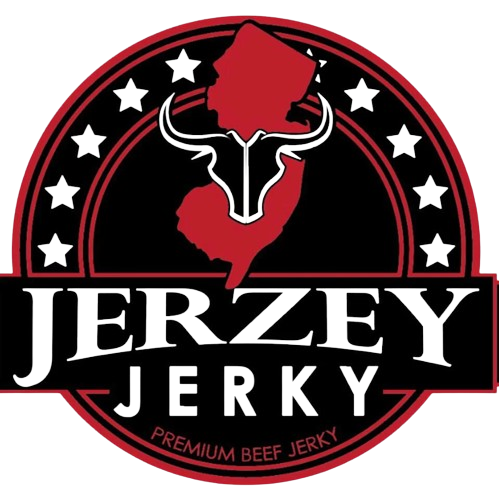
 2025-09-17
2025-09-17
 Wayne Holland
Wayne Holland

